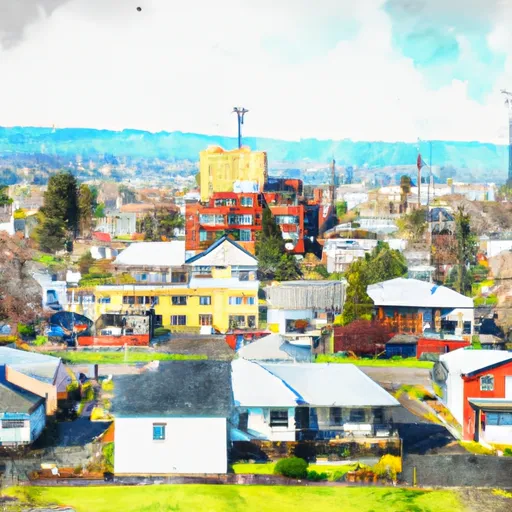°F
°F
mph
Windspeed
%
Humidity











Lowden is a small rural community located in the southeastern part of Washington state. The region experiences a semi-arid climate, characterized by hot, dry summers and cool winters. Summers are typically sunny with temperatures reaching the mid-80s to low 90s Fahrenheit, while winters can be cold with temperatures dropping to the 20s and occasional snowfall.
Lowden benefits from the nearby Touchet River, which contributes to the area's hydrology. The river serves as a source of irrigation for agricultural activities in the region, supporting the growth of crops like wheat and barley. It also provides opportunities for fishing and water-based recreation.
Outdoor enthusiasts in Lowden have access to various recreational activities. The nearby Blue Mountains offer excellent opportunities for hiking, camping, and wildlife viewing. The Umatilla National Forest, located just a short drive away, provides additional options for outdoor activities such as horseback riding, hunting, and off-roading. The region also boasts several scenic trails, perfect for biking and jogging.
In conclusion, Lowden, Washington offers a semi-arid climate, relies on the Touchet River for hydrology, and provides ample opportunities for outdoor recreation in its picturesque surroundings.
Weather Forecast
Lowden receives approximately 325mm of rain per year, with humidity levels near 68% and air temperatures averaging around 12°C. Lowden has a plant hardyness factor of 7, meaning plants and agriculture in this region tend to thrive during the non-winter months.
Regional Streamflow Levels
1,210
Cubic Feet Per Second
1,620
Cubic Feet Per Second
178
Cubic Feet Per Second
477
Cubic Feet Per Second
Nearby Camping
| Camping Area | Reservations | Toilets | Showers |
|---|---|---|---|
| Juniper Dunes OHV | |||
| Ice Harbor Ramp - Lake Sacajawea | |||
| Lake Emma - Lake Sacajawea | |||
| Fishhook Park | |||
| Charbonneau Park | |||
| Walker Park - Lake Sacajawea |



